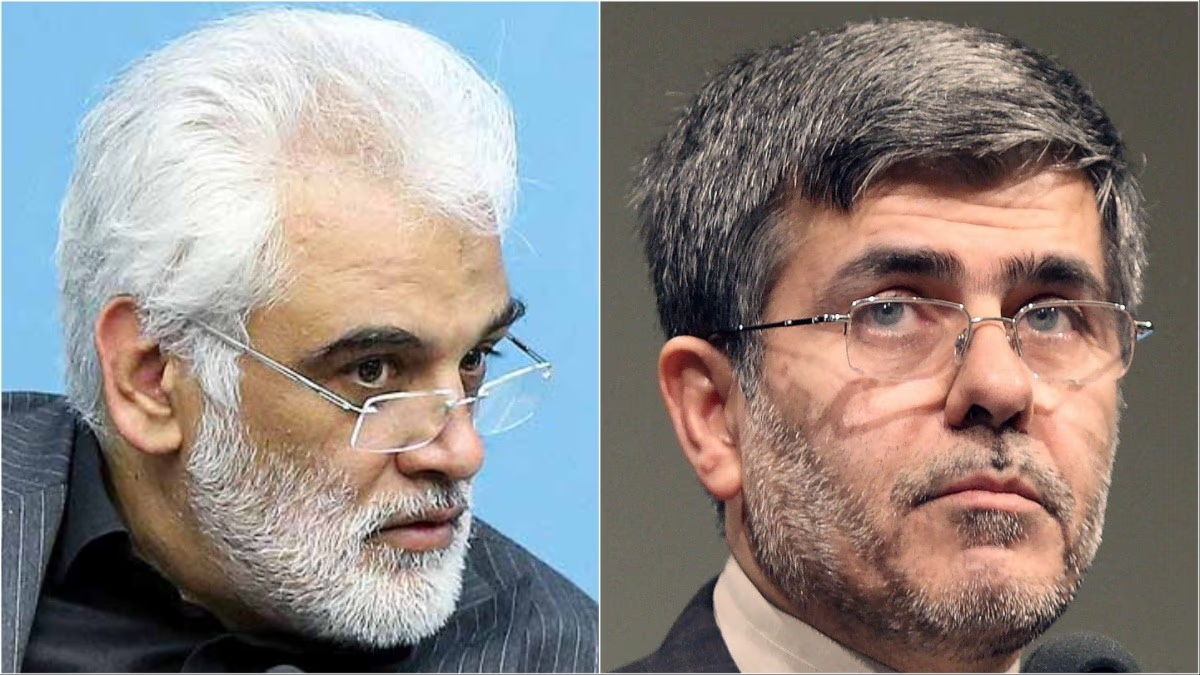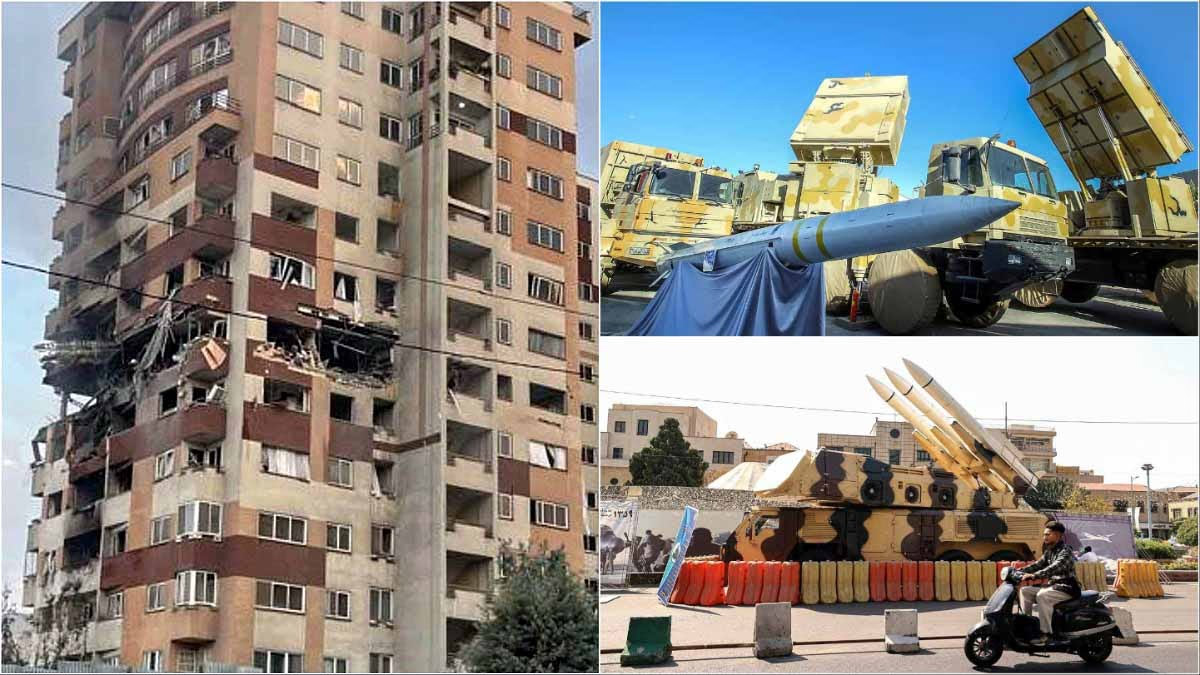Israel targeted Iran’s Natanz nuclear facility and other military sites, leading to the deaths of at least six prominent nuclear scientists in what has been a significant blow to Iran’s nuclear ambitions. These scientists—named Abdolhamid Minouchehr, Ahmadreza Zolfaghari, Seyed Amirhossein Feqhi, Motlabizadeh, Mohammad Mehdi Tehranchi, and Fereydoun Abbasi—were pivotal figures. Let’s delve into who they were.
On June 13, 2025, Israel executed strikes in Natanz and Tehran, targeting military and nuclear sites. Among the deceased were these six nuclear scientists, leaving Iran decrying the attack as “terrorism,” with calls for retaliation.
Iran’s Response
Iran has labeled the strikes as “nuclear terrorism,” blaming Israel and the United States. United Nations complaints have been filed, demanding revenge while acknowledging a shortfall in military defense capabilities.
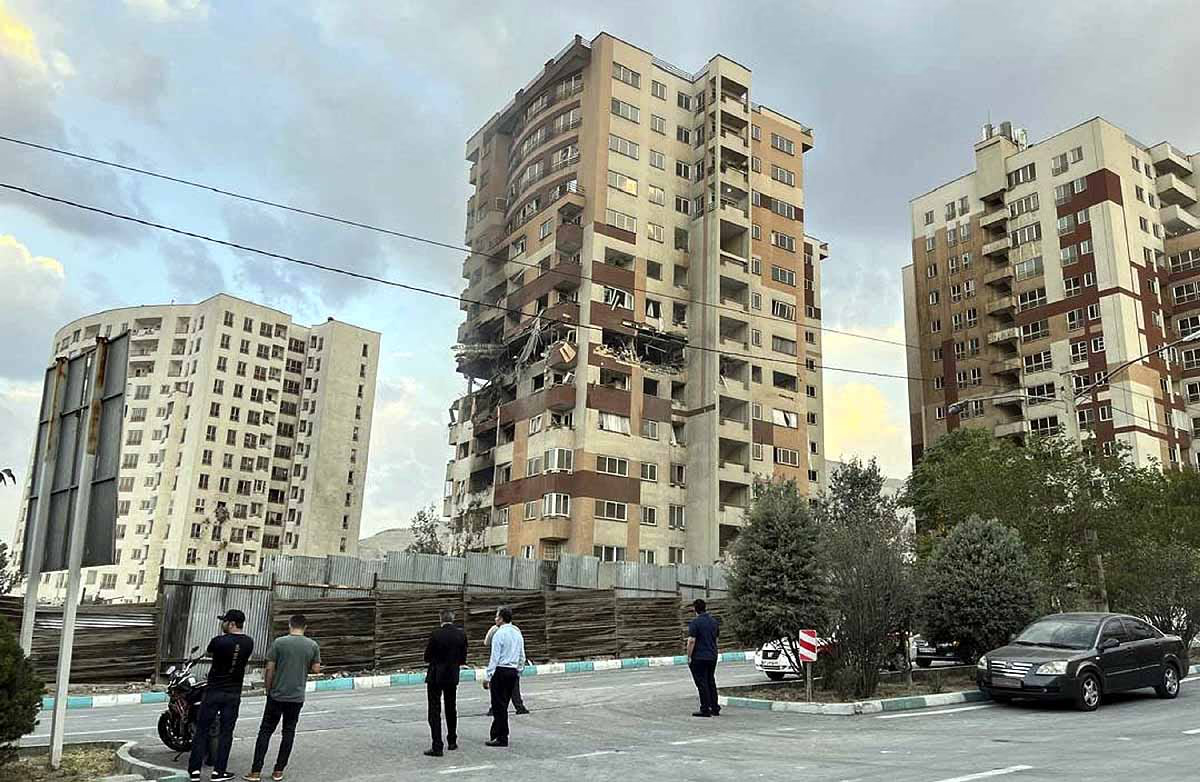
Source: aajtak
The Faces Behind Iran’s Nuclear Progress
1. Abdolhamid Minouchehr
Role: Professor of Nuclear Physics at Shahid Beheshti University in Tehran, with expertise in uranium enrichment. Contributed to centrifuge development at the Natanz facility.
Significance: His research propelled Iran to achieve 20% uranium enrichment purity, crucial for energy and potential weaponry.
Specialty: Mastery in reactor design and nuclear fuel production.
2. Ahmadreza Zolfaghari
Role: A Nuclear Engineering professor at Shahid Beheshti University, worked on centrifuge maintenance and enhancement at Natanz and Fordo.
Significance: His work doubled Iran’s centrifuge capacity, accelerating the enrichment process.
Specialty: Involved in designing advanced IR-8 centrifuges capable of 60% uranium enrichment.
3. Seyed Amirhossein Feqhi
Role: A professor at Shahid Beheshti University with a focus on nuclear reactor design.
Significance: Contributed to the development of the Arak heavy water reactor, with potential plutonium production.
Specialty: Expertise in reactor safety and the nuclear fuel cycle.
4. Motlabizadeh
Role: Senior engineer in Iran’s Atomic Energy Organization tasked with nuclear weaponry involving missile technology.
Significance: Worked on the nuclear weapon trigger mechanism, advancing Iran to a “threshold” state.
Specialty: Integration of missile and nuclear technology.
5. Mohammad Mehdi Tehranchi
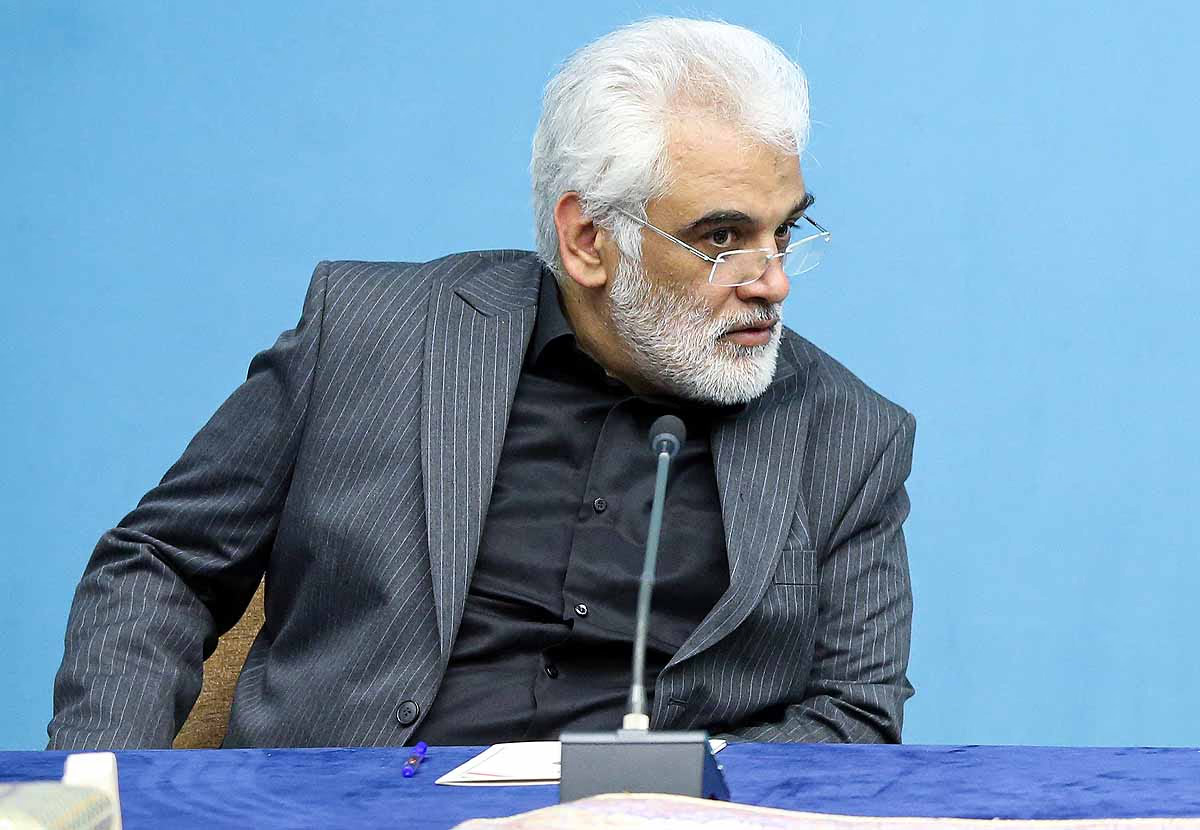
Source: aajtak
Role: President of Islamic Azad University, holding a PhD in physics. Played an influential role in nuclear research education.
Significance: Trained young scientists, fortifying Iran’s nuclear capabilities technically.
Specialty: Passion for thermal design in nuclear reactors.
6. Fereydoun Abbasi
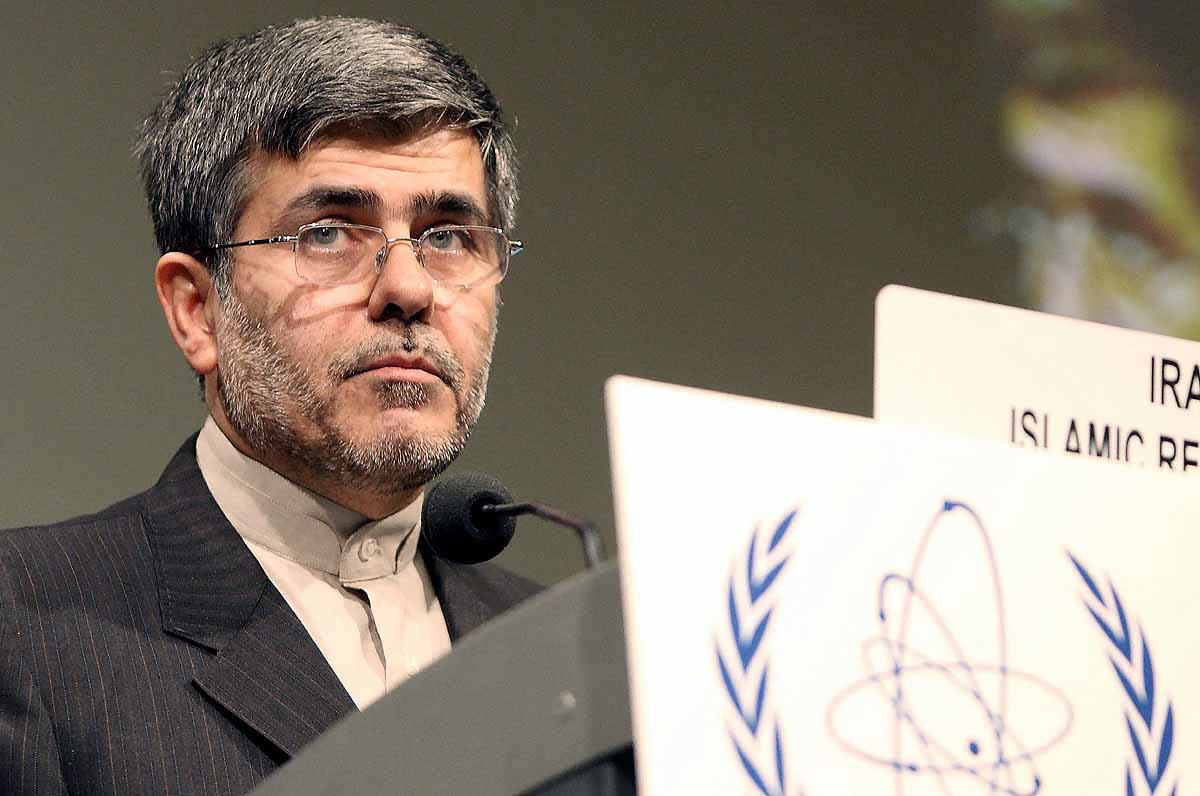
Source: aajtak
Role: Former head of Iran’s Atomic Energy Organization and professor at Shahid Beheshti University.
Significance: Known as the “architect” of Iran’s nuclear endeavor. Survived a bombing in 2010, this time he was not so fortunate.
Specialty: Led in uranium enrichment and nuclear weapon research; subject to UN restrictions for weapon development.
Impact of these deaths
The passing of these six figures has dealt a significant setback to Iran’s nuclear ambitions, with experts predicting...
Potential delays in uranium enrichment and reactor design progress.
A void in expertise could weaken Iran's “threshold” status.
Additional time required training new experts, hindering advancement for 1-2 years.
